M Lead
We like to cover subjects that some might see as odd or usual. They always ask..”you’re into…that?”…and the answer is almost always yes. It sure keeps life interesting. Today’s photo-essay demonstrates it perfectly, a look at an old disused railway line deep inside the big city. It’s true, we find it all so fascinating! For those left scratching their head, don’t worry this is a quick diversion from the usual. We dedicate this to the few railway archaeologists out there. If this post was a TV program it’d be some public access cable show you’d be watching at 3am and with an audience counted on a hand or two.
This is the CPR’s M Lead (\leed\). It’s a lowly stretch of track that snakes its way through gritty industrial neighbourhoods. That it travels behind buildings, it’s often out of sight, so out of mind. Along the entire route spurs and sidings head off this way and that towards various warehouses and industries. Only the trains here don’t run any more, and haven’t for a time, on account of many factors no doubt. The railway’s legendary poor service and contemptuous attitude must come into play to a degree here, but we suspect it’s more complicated than that. No matter the reason(s), the end games is that trucks take over.
It’s expected the track will be taken up and this may have already happened since we shot these pics back in 2018 (yes, this post took a looong time to go live). On our visit, signs of a pull out had already begun. Still, a lot of track and other infrastructure remained in place – take a looksee by scrolling down. After you’re finished reading of course.
Shooting a piece like this was on our minds for some time. The acquisition of a new (to us) camera for street use afforded us a chance to give it work out. And given most trains that travel industrial lines like this would visit after hours, we thought it best to do the same. So we shot evening into night, handheld, really pushing the envelope so as to test our new unit. Note: we have three cameras between the two of us, one big old SLR and two smaller “off the hip” rigs for the times when we need to go lightweight or be discrete. There’s no pro gear in our collection.
All shots seen here were captured from public property, so road crossings and the like.
M Lead is pure industrial track, so slow speed usage and maintained as cheaply as possible. Trains might be a few cars long and would be pulled by smaller/lighter (and so usually older) locomotives account tight clearances and weight restrictions. This track leaves the Canadian Pacific Railways Red Deer subdivision just north of the Bow River. It then crosses under Deerfoot Trail trending easterly and climbs steeply to the Mayland Industrial Park before continuing on (more in a moment).
This section, as best we can tell, and the industries served by it, date from the late 1950s/early 1960s period. Prior to that it was farmer’s field. One business in the early days along here, that provided much traffic, but now gone, was the Firestone Factory overlooking town. It was in business 1960-1978, with millions of tires made. Only the old water tower remains from this operation. Here: Still Standing
Heading up yet again, the line crosses Barlow Trail before bending northwards. The grade along here must have made the operation quite the challenge and a runaway would be disastrous! It looks to be a couple/few percent at least, which for trains is a big hill.
We’re now in Meridian Industrial dating mostly from the late 1960s/early 1970s period. The track here is similarly from that time. Old aerial photos show a drive-in theatre operating right beside the line, many decades ago. Remember those? Here’s one we visited in Saskatchewan that’s still in operation: The Clearwater. After heading north for a couple clicks, the line makes a complete U-turn and doubles back into Franklin Industrial. This section appears to have mostly been put in during the 1970s.
Customers here were typically small, ones that shipped out or received a car or two at a time, maybe once every few days or per week. Low volume stuff. Lumber, grain, outbound pallets (high value there, eh?) are some of the commodities mentioned in old papers. At one point there was a “team track” spur with a loading ramp, used by firms lacking rail service. Your author drove truck in support of the unloading of a carload of bricks in the 1990s. Talk about hard work!
Still, there was some larger clients served, that tire plant spoken of before and the Calgary Herald Newspaper, which received bulk newsprint in boxcars. They were geographically the first customer on the line and also the last active shipper, with loads arriving by rail up to the mid-2010s (approx). They still print the paper but it’s contracted out (by a firm served by trucks), so with this, M Lead closed and petition filed to abandoned the track.
A 1980s era timetable gifted to us (thanks Jason Sailer) mention is made of the slow speeds on the line, so 10mph or less, and that most road crossings had to be flagged by a crew member before proceeding from a full stop. Research suggests the line was served once per days most of time but near the end it was as needed.
In times past, the railways were happy to take what ever business was given them. Today, not so much. Fifty cars at a time and maybe they’ll talk. A hundred and now there’s some interest. But onesie-twosie, and you’ll be told to pound sand – after they stop laughing that is. So it’s what you see here, rusting track, disused loading docks and trucks where there used to be trains. Most customers stopped using this line in the 1990s, although a few diehards (or gluttons for punishments) hung on longer. And now there’s none. The railway has not seemed to suffer doing this and traffic levels remain pretty high. It’s all long distance bulk stuff being moved though – carload freight (as smaller volume shipments are called) seems to be dead.
Railway lines in urban environments are often dumping grounds for junk. There’s no exception here and as we wandered about, we saw lots of cast off things tossed on the tracks or roadbed, shopping carts in particular.
The Crump Campus (as the Centre for Rail Training & Technology) connected with the Southern Alberta Institute of Technology teaches railway jobs and has a few old rail cars on display on their property. They’re right beside the tracks. That old van seen in the one photos – it’ll buff out! For many years a very historic locomotive was stored across the street inside lumber distributor’s property. It’s now here (#8554)): Gas Plant Collection.
In places we see rails pulled up, some tossed around carelessly, others neatly stacked which suggested they’ll be reused in some way. Crossbucks still stand guard and switchstands remain in place as thought still needed. Some spurs show signs of being disconnected from the lead track long ago. Even if they pull up everything, rails are likely to be left embedded in the various roadways the tracks crossed, account of them being too costly to remove.
On wandering M Lead, we could not shake that odd sense that a train was due any time. Everything looks in place. Then peering down at rusted rails we’re reminded that won’t happen. Industrial parks are often dead quiet come evening, and it was for us, but still we kept going back to it. Was that a distant toot-toot on the wind? A ghost train? We could picture it, a couple old weather beaten engines, a small string of cars in tow slowly rocking and rolling past on the loosely maintained track. Soon out of sight, the quiet returns. It feels real.
We have not gone back to look at the present state of M Lead since capturing these photos long ago, but on posting this, it’s rekindled interest. We might just have to take a look. We really enjoy the raw edginess of industrial trackage and have plans to visit other places like this…and there’s lots in town, some in use some not. All of it is easily accessed due to numerous road crossings, so that makes it convenient. This will be of course be as time permits, which is is real short supply these days.
We’d love to hear what you think…why not chime in by commenting below the photos.
They’re saying…
”Off the Beaten Path”, what a great resource for visitors to AB, SK and eastern BC. Such detailed info and photographs to back it up make the site invaluable for people planning a trip to western Canadian…! Thanks Connie and Chris!” Jan Normandale.
Random railway archaeology…
Big Valley Roundhouse.
Hike to Payne Bluff.
New Brigden Water Tower.
Section House.
If you wish more information on what you’ve seen here, by all means contact us!
Date of Adventure: September, 2018.
Location: Calgary, AB.
Article references and thanks: CPR Timetables, City of Calgary.
All shots were taken from public roads and sidewalks.
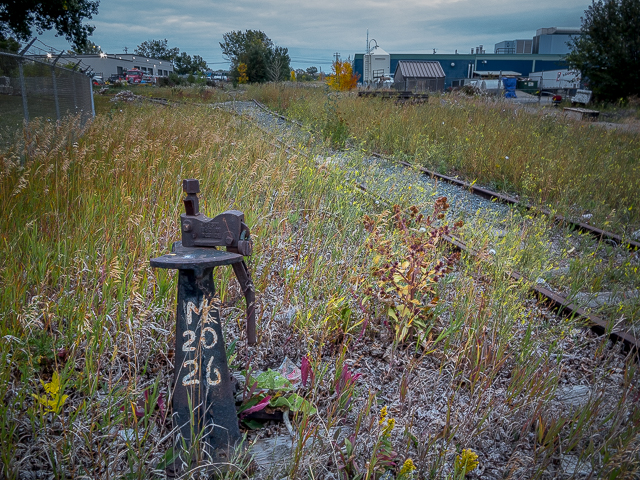
We’re exploring “M Lead”.
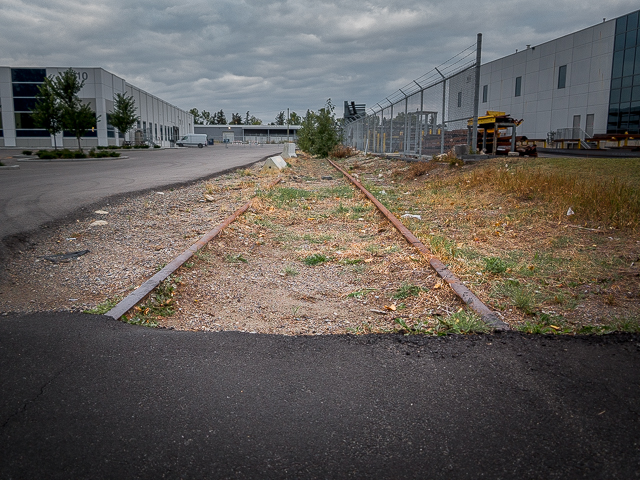
It’s just some old industrial trackage.
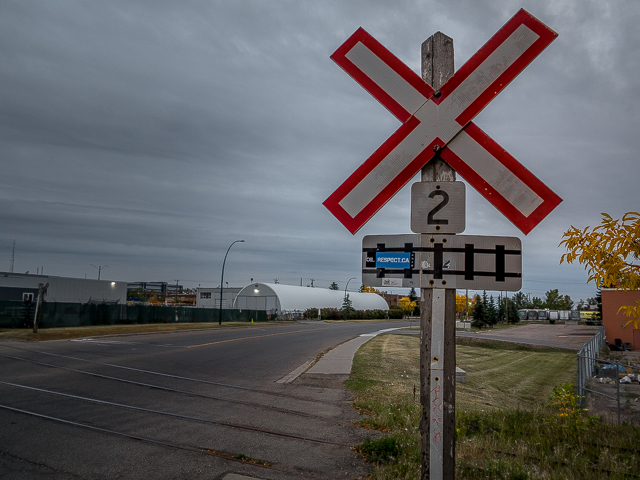
It’s been a few years since a train passed here.
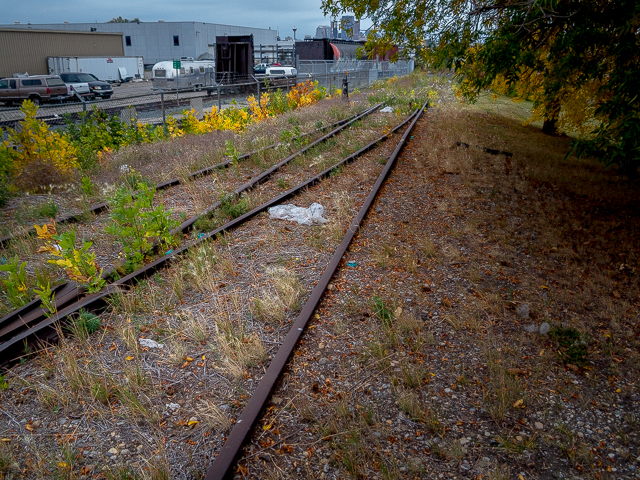
Left to rust away.
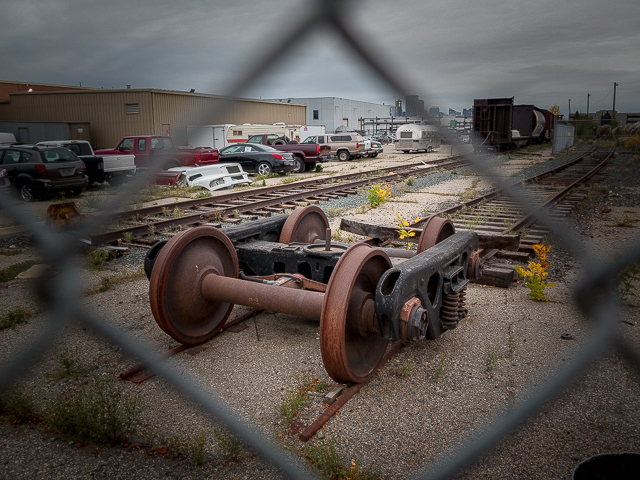
At SAIT’s Buck Crump Campus.
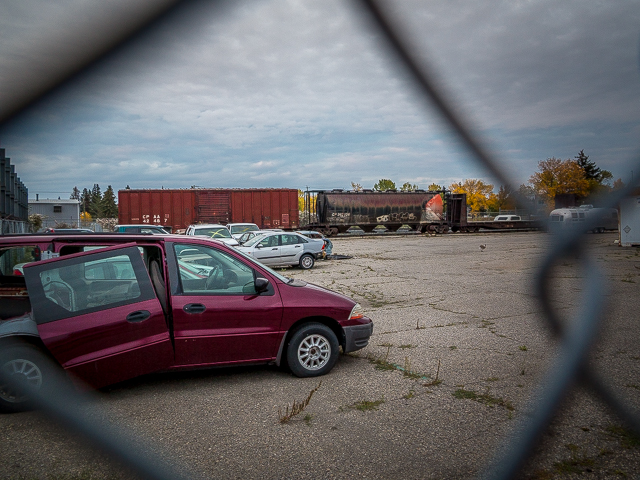
It’s the “Centre for Rail Training & Technology.”
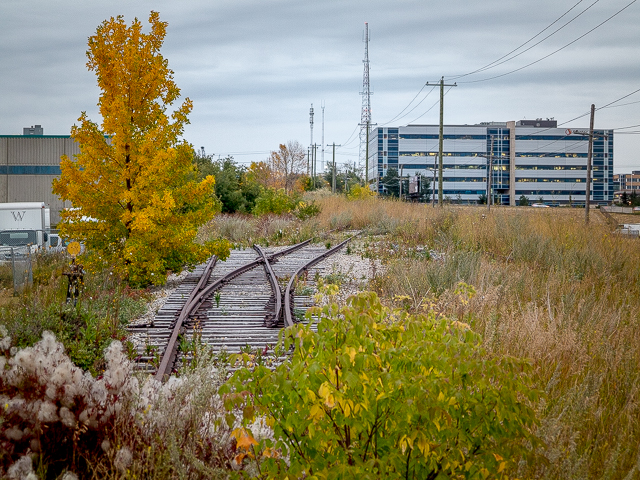
Track heads up quite steeply here.
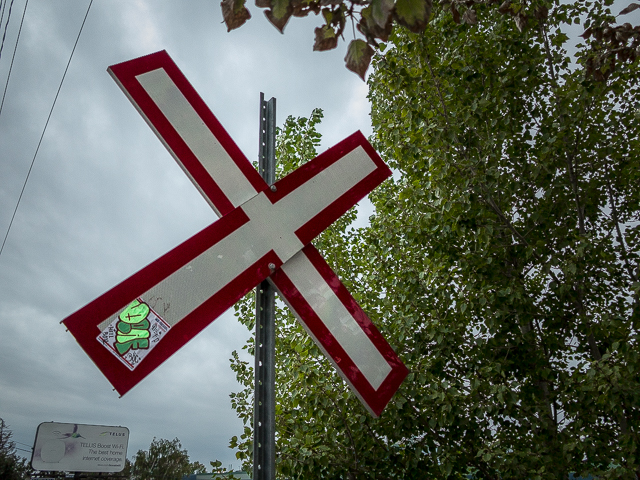
Still standing guard.
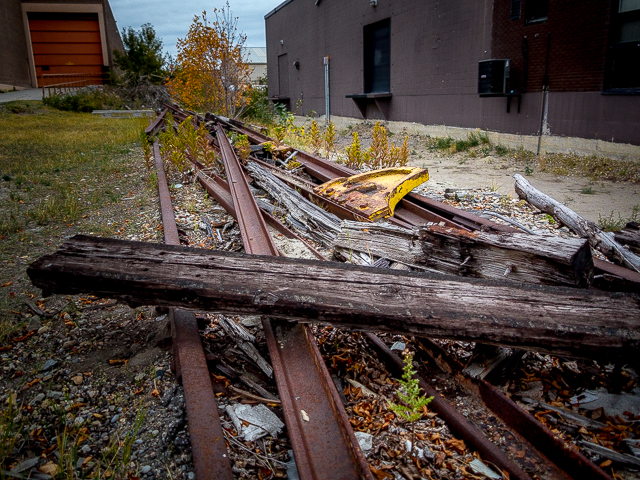
From a section removed.
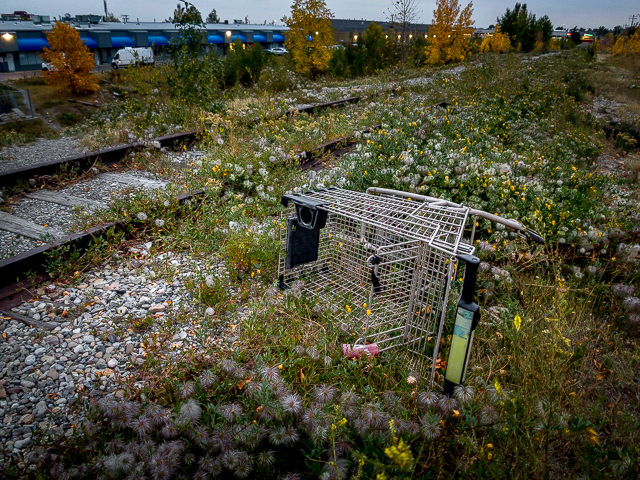
Often a dumping ground.
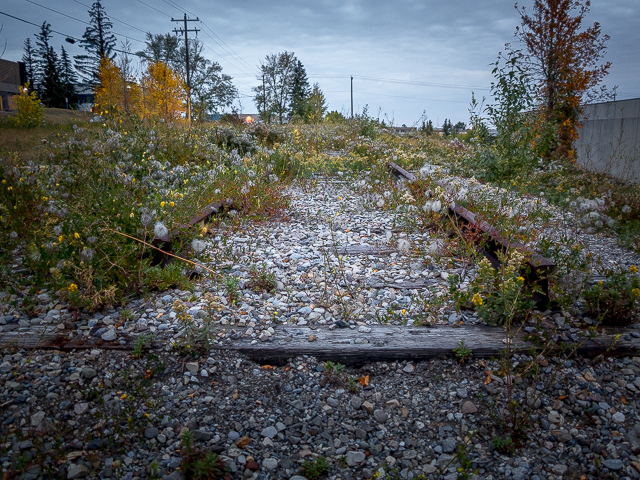
M Lead dates from the 1960s/1970s period (mostly).
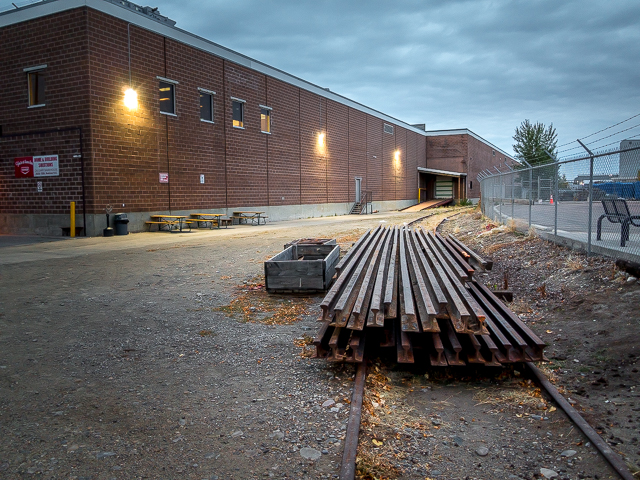
Neatly stacked.
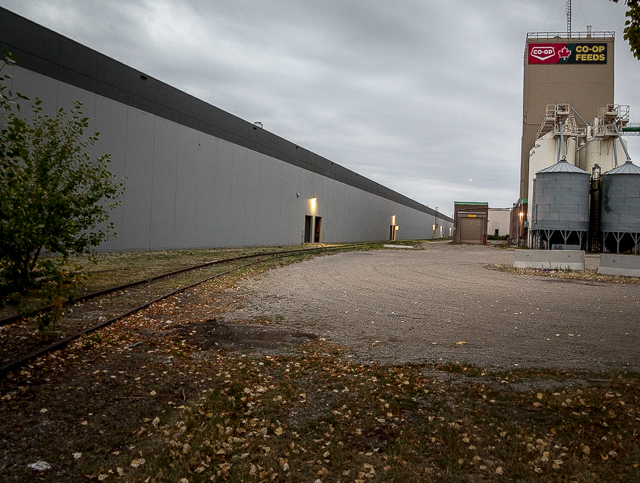
It snakes its way behind buildings.
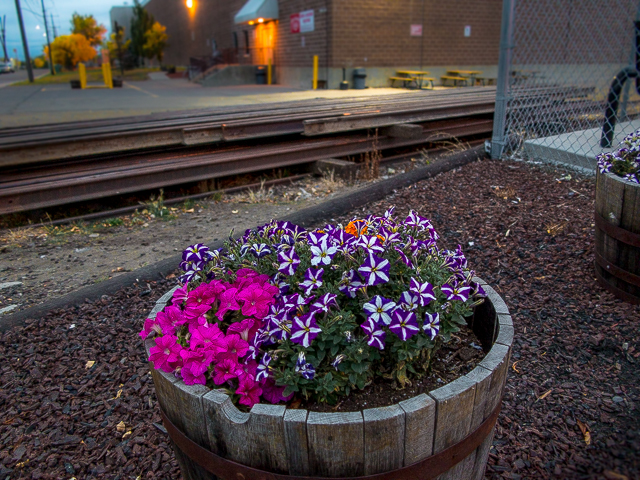
A little splash of colour.
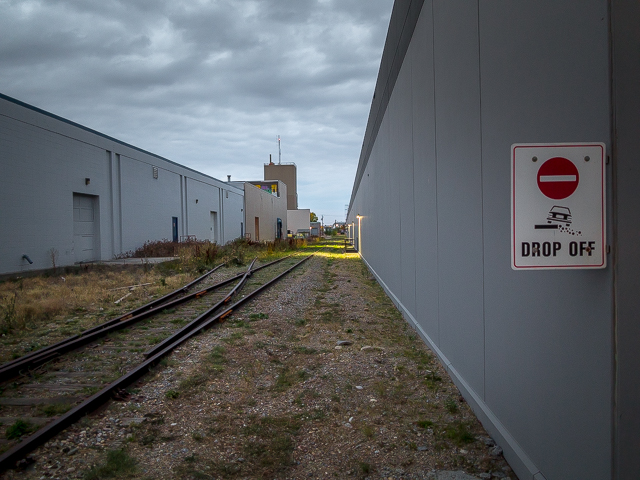
A siding splits off to serve an industry.
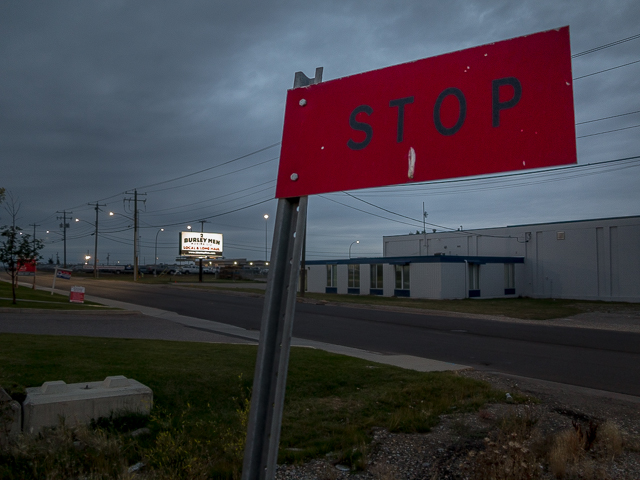
…in the name of love…I’m here all night!
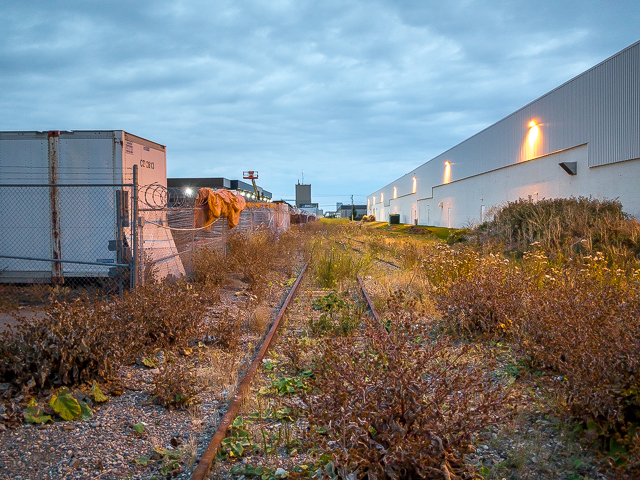
Track heads this way & that.
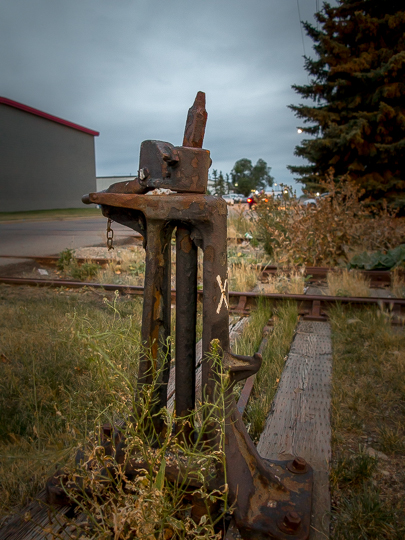
Switchstand marks another spur track.
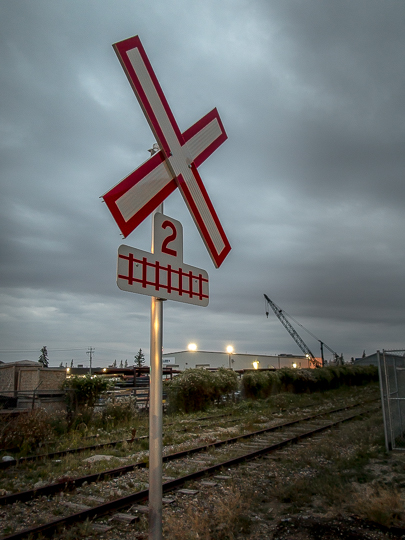
Trains usually visited at night…so we did the same.
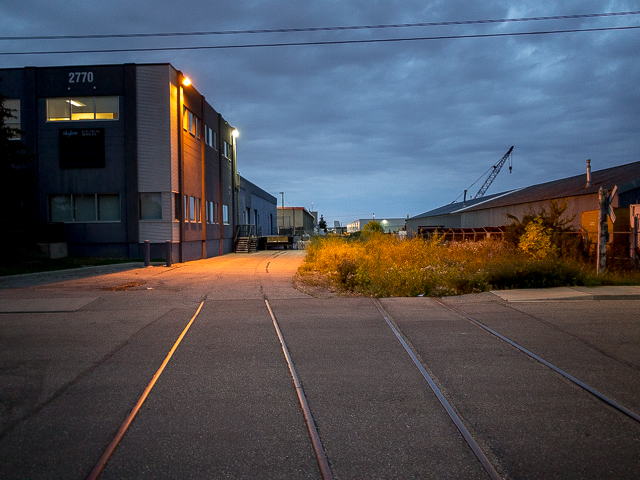
“Carload freight is dead.”
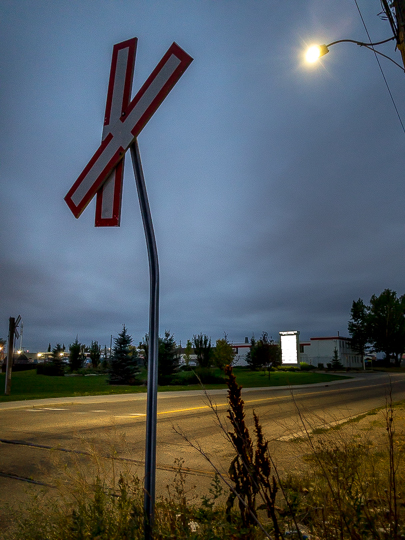
The strange things that fascinate us.
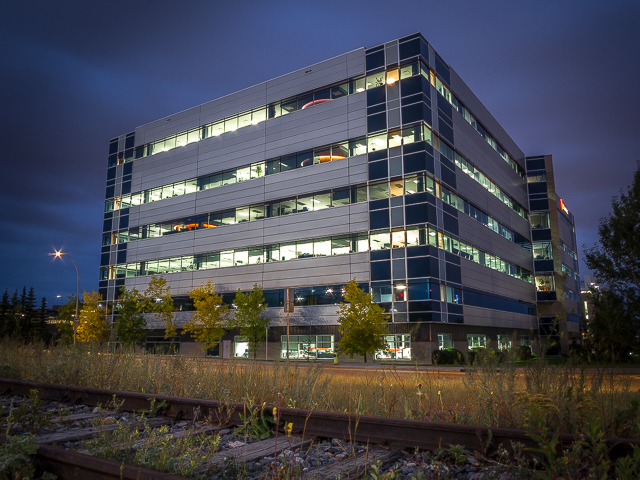
The grade here, for trains, is extreme.
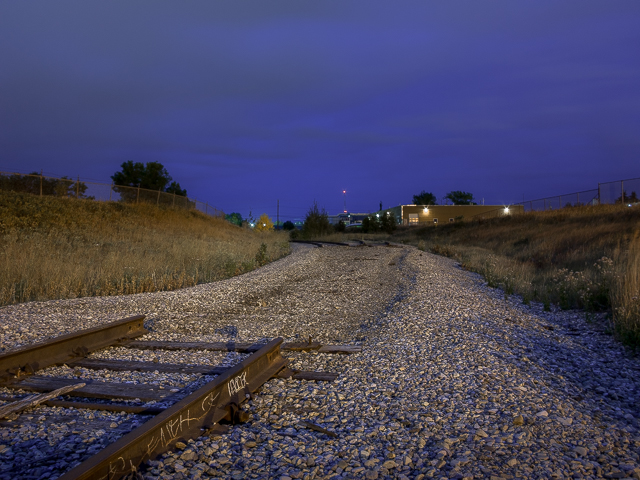
Another stretch pulled up.
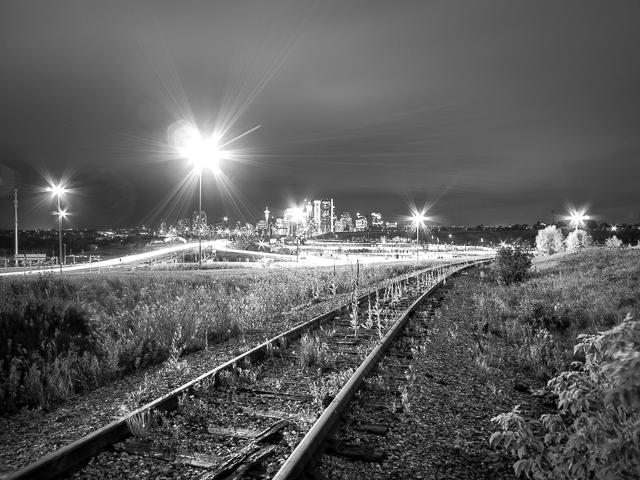
Overlooking the city.
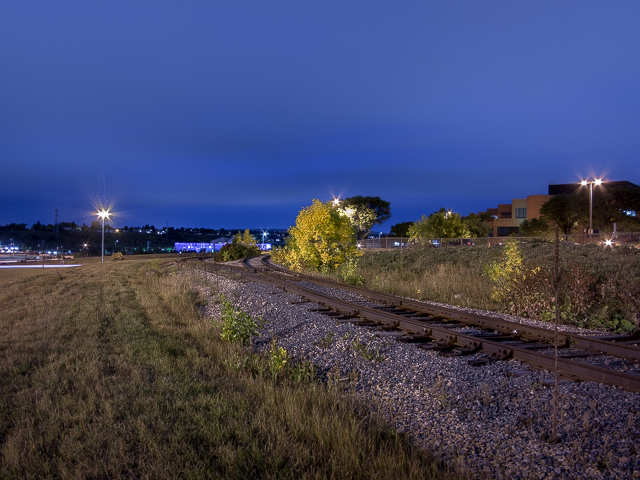
At the Herald spur, the last customer to use the line.

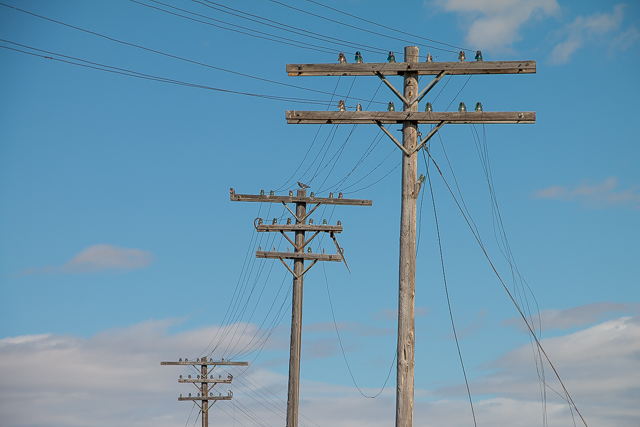
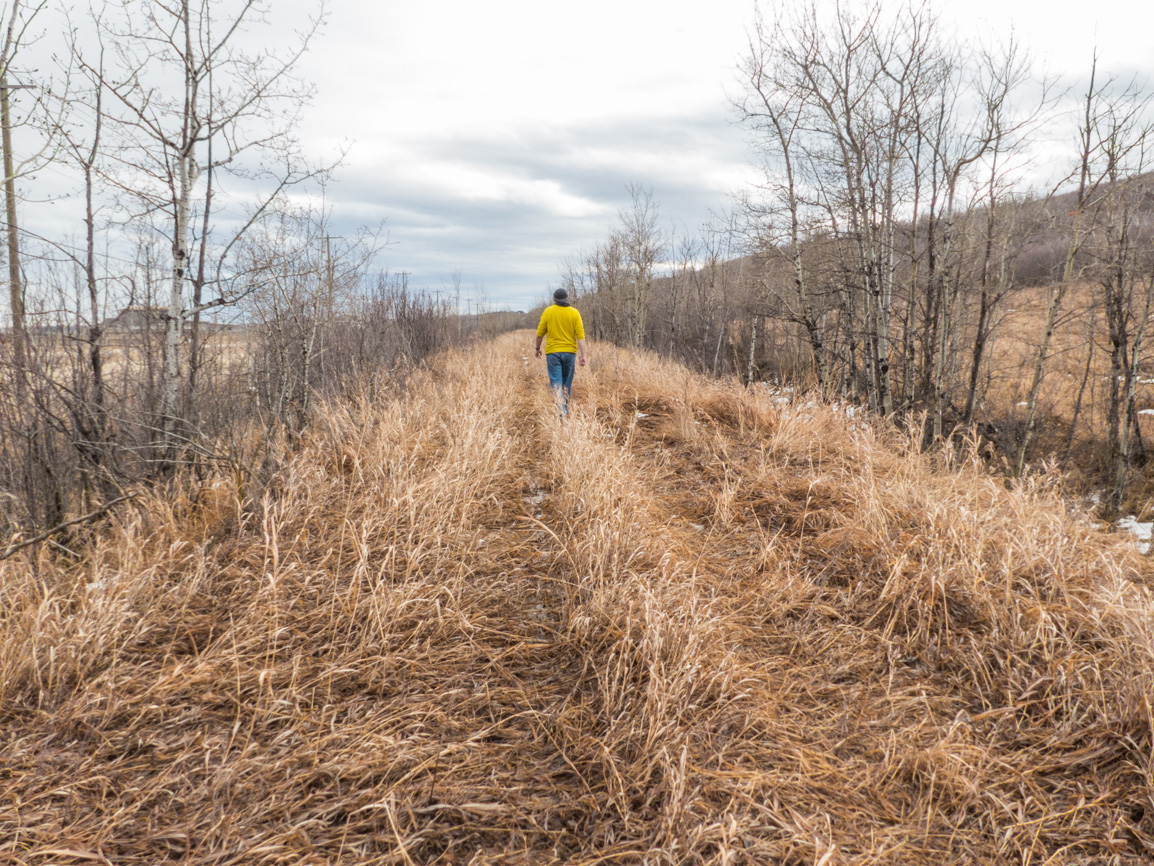
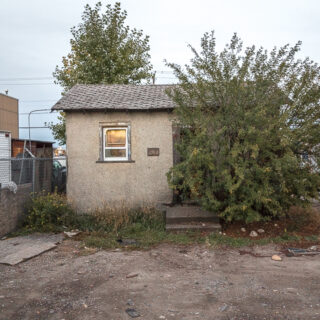
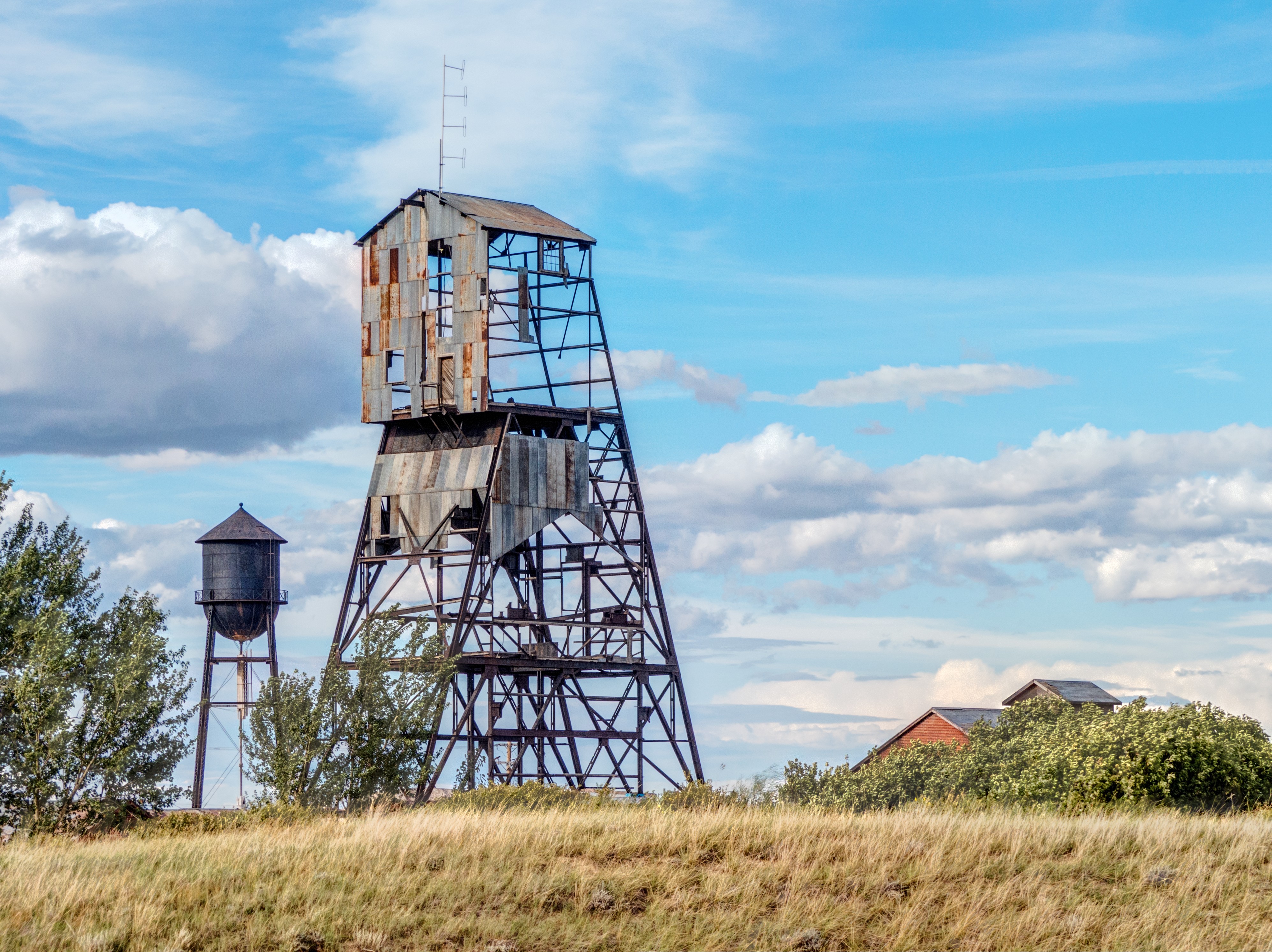
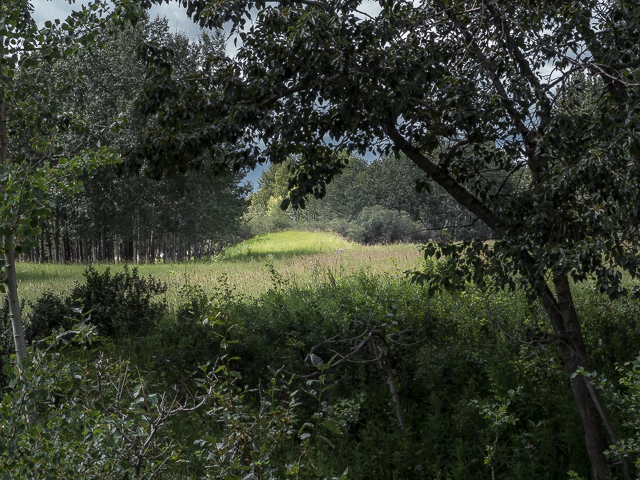
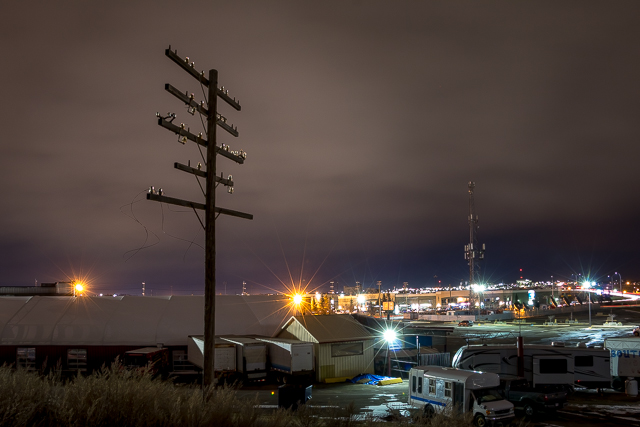
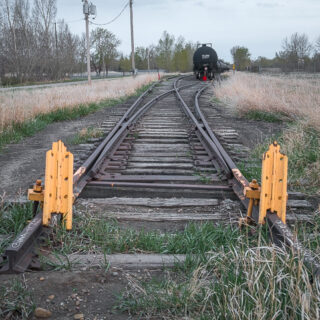
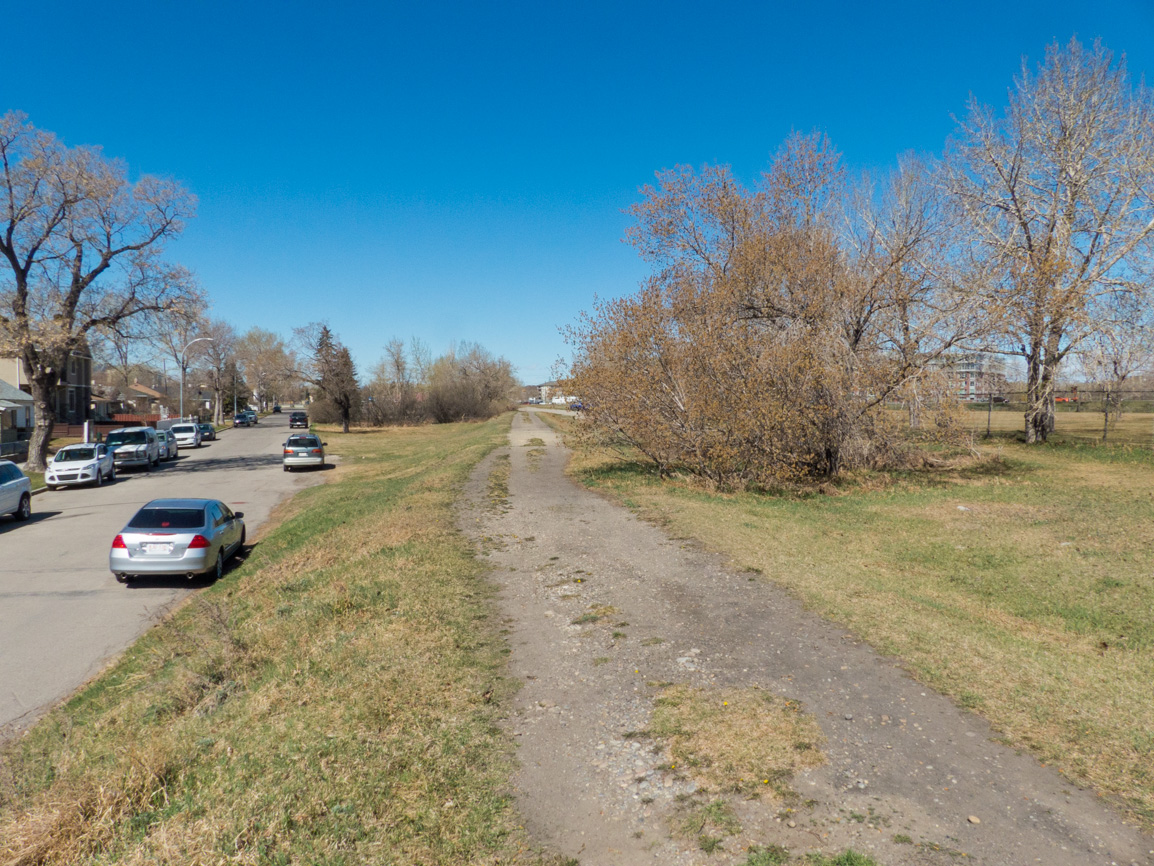
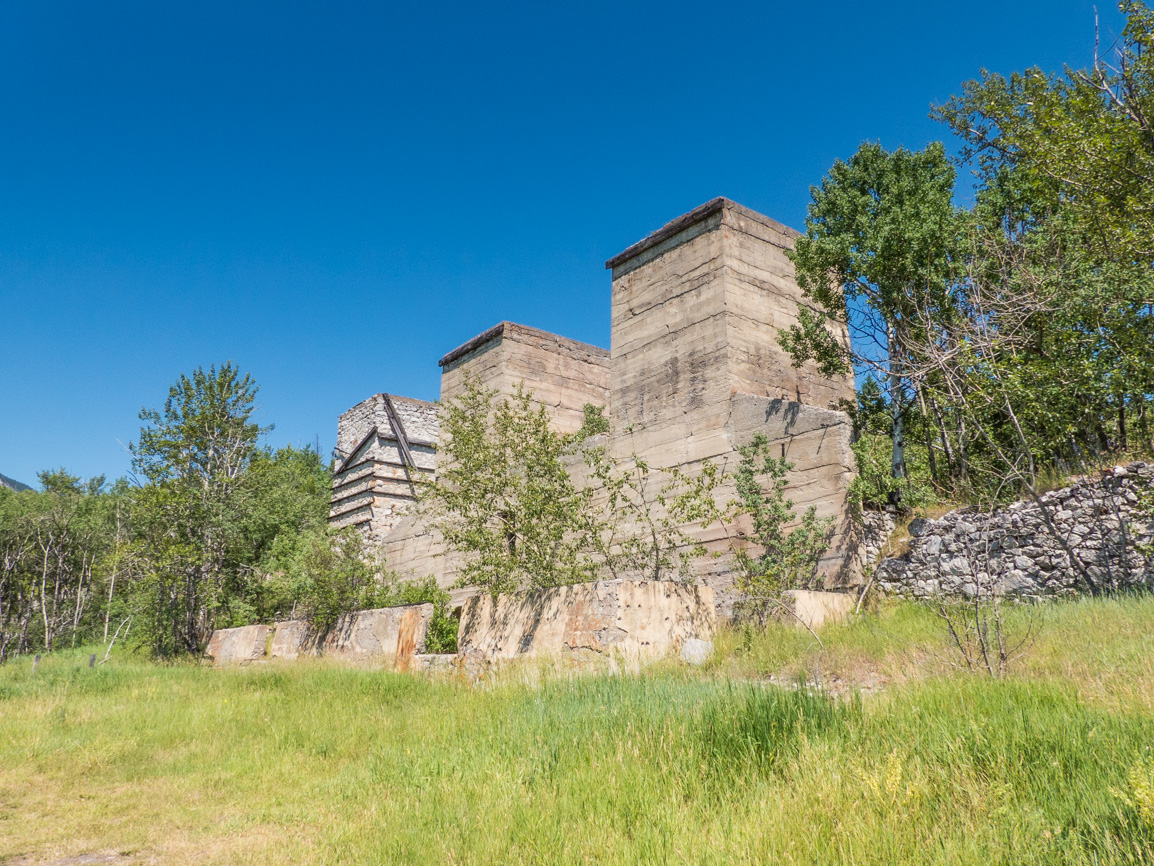
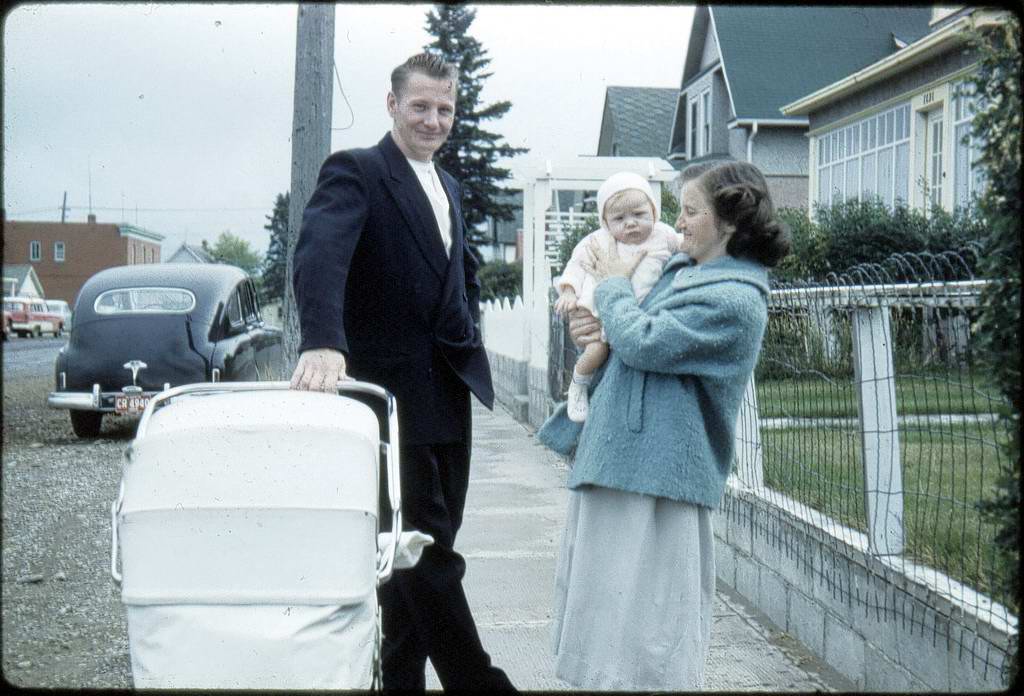
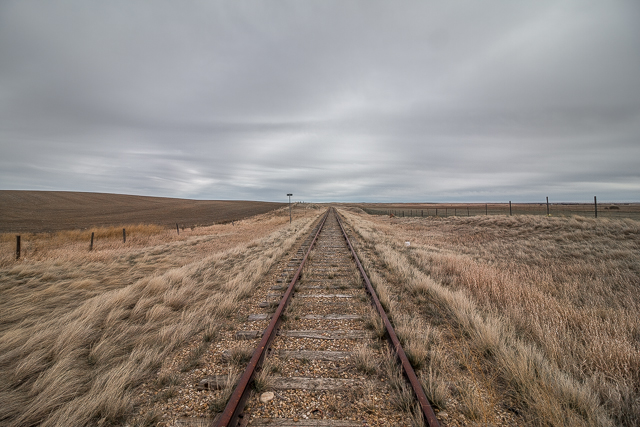
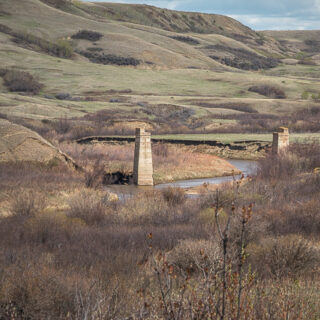







I went to Day Care at the Calgary herald from around 2006 or so to 2009! (I’m now 16) and I distinctively remember on occasion CP Trains coming by with boxcars loaded with paper! Would always give me a thrill since I’ve always liked trains!
That would have been so awesome to see! Thanks for commenting.
For some reason, I find industrial spurs so fascinating! There was a spur here in Edmonton that crossed over Yellowhead Trail and went into Dominion Industrial, I always wanted to see a train there. Definitely won’t happen now as the spur was a victim of the Yellowhead freeway conversion. They still haven’t removed the tracks that cross Yellowhead Trail, probably cause they don’t want to have to close the road to do remove them.
So you’re the other one? It’s a strange field of interest, for sure. We explore old industrial lines when we can and they sure seem to be dying out quickly.
Once, while driving soutbound on Deerfoot, I saw a GP or two pulling or pushing a few cars up the hill from the Deerfoot tunnel and they were putting up quite a smokeshow – That railway has quite the grades. Another time, I saw them sitting up near the Calgary Herald from the C-Train. I briefly gave thought to getting off the train at Barlow/Max Bell station to catch the next train downtown so I could get some pictures as we passed by. Unfortunately I decided against it, and have regretted it ever since as that was the last time I’ve seen anything up there.
A friend of mine has done up track plans for building a model railway in his basement based on the M Lead…I certainly hope he comes up with the funds to build it as a model of that spur would be a blast to switch.
According to him, there were two jobs at CP to work that section of railway. Apparently there was enough business back in the day to warrant sending an engine and crew beyond Barlow for a full day…
Thanks for the photos and story!
Jon
We’re back! When I was driving trucks in the 1990s, I never once saw a train on the line, but did see that there was many active customers. What a great concept for a layout. Glad you liked the piece, it was a fun one to do.
I was in that area in 2011-2012. Saw CP spotting the printing plant a couple times in broad daylight with a pair of GP9’s and a couple boxcars, but I didn’t carry a camera back then. I walked the track a few times too, the Co-op spur seemed to have fresh marks on the rails but I never did see a car spotted there. Google Earth’s October 2012 shot shows a single hopper spotted there, so they were definitely still getting rail service right to the end. Boxcars can be seen spotted at the very end on the line in Google’s 2008 shot, but that track was being pulled up by 2011.
I do recall seeing the CP crew run light engine up past Barlow Trail after spotting the printing plant, perhaps they were going for lunch.
CN is slowly abandoning some industrial zones in Edmonton, the H zone (142 St lead, the last level crossing on Yellowhead Trail) was taken out of service earlier this year and the track is now being pulled up. As you said, the crossings are always the last to disappear.
Thank you Bob for sharing these wonderful memories. I too saw the occasional car on the line in that timeframe, but never an actual movement. Industrial tracks are going the way of the dinosaur. Still, the Foothills Industrial track seems to get a fair bit of action. I’ve randomly caught trains on it many times and even recently.
Good that you documented this. In a few more years there won’t be much left. I kick myself for not taking photos of industrial tracks that I saw in my youth that have vanished without a trace.
What you said – recall as a youth walking lot of industrial tracks, now long gone. There was a line that travelled down some back alley in the Beltline of Calgary that had a particularly gritty vibe. Old loading docks still in place and big warehouse doors, in now trendy office buildings and condos, hint at what was there. The rest, it’s all gone. Thanks for commenting!
Chris and Connie living in the moment! A better time.
That’s our approach to life!
As an railway “archaeologist” I approve of this post! And thanks for the shout out, am always glad to contribute to bigdoer.com!
Haha, so you’re the other one? I love reading old timetables – they give a lot of hints to the goings on of a particular rail line. Thanks for commenting.